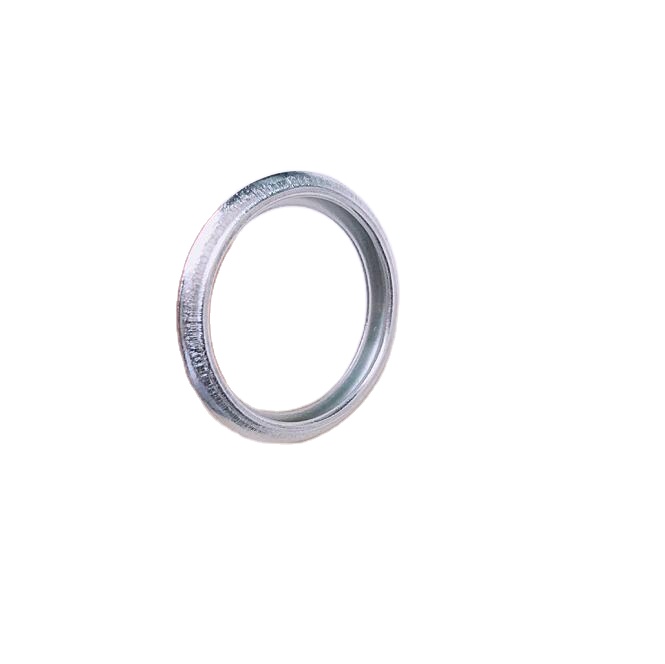engine oil pan drain plug
Understanding the Importance of the Engine Oil Pan Drain Plug
The engine oil pan drain plug is a small yet crucial component of any vehicle's engine system. Often overlooked during routine maintenance, this plug plays a vital role in ensuring the engine remains healthy and functions efficiently. In this article, we will explore what the engine oil pan drain plug is, its significance, potential issues, and best practices for maintenance.
What is the Engine Oil Pan Drain Plug?
The engine oil pan drain plug is a threaded plug located at the bottom of the oil pan, specifically designed to facilitate the draining of old engine oil when performing an oil change. The oil pan itself serves as a reservoir for oil that lubricates the engine's vital moving parts. When it comes time to change the oil, the drain plug is removed, allowing the used oil to flow out completely, ensuring that the new oil added is clean and effective.
The Significance of the Drain Plug
The drain plug's primary purpose is simple it provides a means to remove old oil to keep the engine lubricated with fresh oil. Fresh oil reduces friction among the engine components, helping prevent wear and tear and promoting better efficiency. A secure, leak-free drain plug is essential to maintaining the integrity of the oil pan and preventing oil leaks that could lead to engine damage.
Furthermore, the drain plug is often equipped with a washer, typically made of rubber or copper, that helps create a seal, preventing leaks after the plug is tightened. Proper functioning of the drain plug enhances the longevity of the engine and improves overall vehicle performance.
Common Issues Associated with the Drain Plug
engine oil pan drain plug

Despite its simplicity, the drain plug can encounter several issues over time. One of the most common problems is stripping of the threads, which can occur from over-tightening during reinstallation or from corrosion over the years. Stripped threads can lead to oil leaks, posing a serious risk to the engine's health.
Another potential issue is the wear and tear of the washer. If the washer becomes hardened or damaged, it may not create an effective seal. As a result, oil may leak from the drain plug, leading to a loss of lubrication in the engine. Regular inspection of the washer and replacement as needed are critical practices for vehicle maintenance.
Best Practices for Maintenance
To ensure the longevity and effectiveness of the engine oil pan drain plug, vehicle owners should adopt several best practices during oil changes. First, always use the appropriate tools and follow the manufacturer's instructions when removing and reinstalling the drain plug. Over-tightening can cause damage, so it is crucial to tighten it to the recommended torque specifications.
Secondly, when replacing the drain plug or washer, opt for high-quality components. Investing in a reliable drain plug and washer can prevent future problems and enhance the sealing capability.
Third, during routine oil changes, inspect the drain plug and the surrounding area for any signs of oil leaks. Address any issues immediately to prevent further complications. Regularly changing the engine oil, typically every 3,000 to 7,500 miles depending on the vehicle and oil type, will also ensure that the drain plug is frequently inspected and maintained.
Conclusion
The engine oil pan drain plug may be a small component, but its importance in overall vehicle maintenance cannot be understated. By taking the time to understand its function and significance, recognizing potential issues, and adhering to best practices, vehicle owners can help prolong the life of their engines, ensuring they run smoothly and efficiently for years to come. Regular maintenance and vigilance regarding the drain plug can make a significant difference in the overall health and performance of a vehicle.
-
The Ultimate Guide to Boat Propeller Bearings and Trailer Wheel Bearings
News Jul.31,2025
-
The Essential Guide to Marine Bearings and Boat Trailer Wheel Bearings
News Jul.31,2025
-
The Complete Guide to Heavy Duty Seals: Protecting Doors and Spaces Efficiently
News Jul.31,2025
-
Essential Guide to Marine Shaft Bearings and Boat Trailer Axle Bearings
News Jul.31,2025
-
Comprehensive Guide to Marine and Trailer Bearings for Safe Boating and Transport
News Jul.31,2025
-
Comprehensive Guide to Automotive Oil Seals: Protecting Your Engine and Shafts
News Jul.31,2025
-
Understanding Automotive Oil Seals: Essential Components for Engine and Shaft Protection
News Jul.30,2025
Products categories















